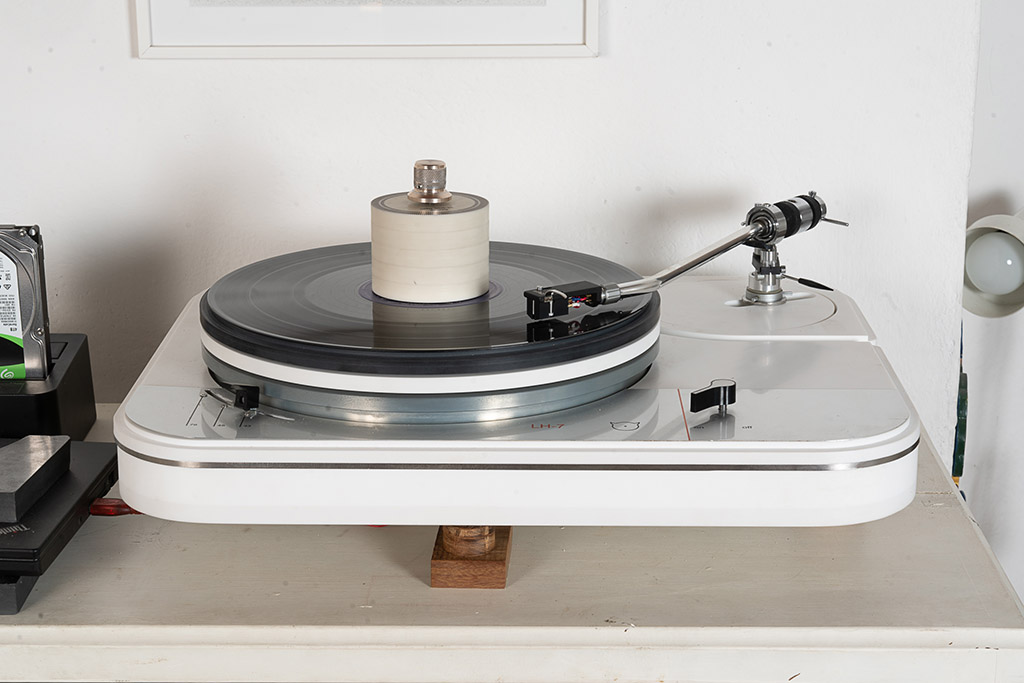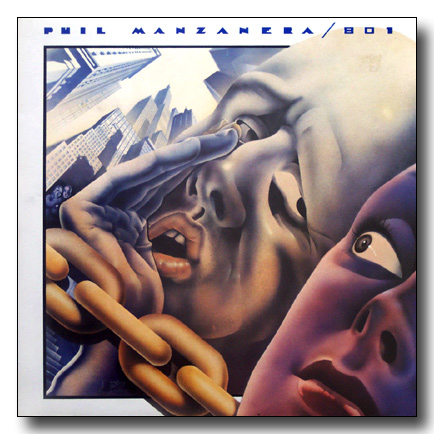
Yesterday, at the flea-market, because life - like the show - must goes on...
I found (for a fiver) a first italian edition - dated 1953 - of Okakura's "The Book of Tea", the seminal booklet he wrote in 1906 - in English - while he was working in Boston and NYC, and comparing the timeless myths and aesthetics of his beloved Japan to Western habits.
The "Tea" in the title, is, of course, only an excuse...
Have a read to the following... and forgive me for my poor translating!
"The analogic power the myth pours, enlightens the sense given to the cult of ceremony of tea: to remain well awaken to do not fall asleep in automatic repeating of every day practices, being so able to do not forget "what" we're really doing.
First, truest reality is that of spirit: when busy and flooded (...) by everyday eveniences, we're almost forgetting our truest essence... tea brings us from empty world noise to our inner quietness.
Japanese culture, in his deepest, truest essence and heritage, has infused in tea ceremony and its declinations (schools) the above lesson, making it MUCH more than a pure aesthetic hobby or a drink.
In Eastern Asia and Japan, a very strict and severe ritual has been brought to the state of the art, giving an access from everyday life and its prosaic facts to a superior, better world of intensity, an archetipal sphere of aesthetic beauty.
The humble drinking a cup a tea was - and still is - elevated and, through a rich vocabulary, so rich of multi-level cultural faces and also the harmonic display of gestures and rituals, demanding for a distant self-consciousness, resulting in a complex tapestry of poetry and formal beauty.
The listening to our VERY inner voice uses all means available: poetry (haiku), painting, pottery (raku), calligraphy, philosophy and music (koto).
Gesture is paramount: body and its needs is directly emanating from the mind and the so supremely measured ritual in tea ceremony are more descriptive of consciousness than words.
Every little movement of hands, the attention to details, also tiniest, is respectful and rich in its naked, supernatural care: it's the re-affirming of Man's status on the Animal (the Ape)... it's relaxed and careful, conscious and emptied of violence and desire."
... now, change "tea" with "audio" or, better, "music"... like "light tea" and "dense, heavier tea" have different drinking times, try to apply this as a ritual when listening to your next fave disc: choose the music you really need to listen to, find it on the shelf, handle the cover carefully, appreciating its material and colours and paper quality and smell it, show and handle it to a friend, sharing the beauty, take disc from rice paper dust envelope, then brush carefully the vinyl from dust, if needed, place it on the platter, have dimmed lights as you please, carefully tune the best volume setting, adapting it to the given piece you're going to appreciate, have a Cao Lilla single malt handy and... voilà: your "ceremony of the music listening at home" will immediately have a brand-new sense and will make your listening experience much more conscious and deep and satisfying and you'll immediately transform yourself from a magazine slave into a music lover.
It's "Zen and the Art of Listening"...











%20-%20Compilation%20(A).jpg)


















.jpg)







































No comments:
Post a Comment